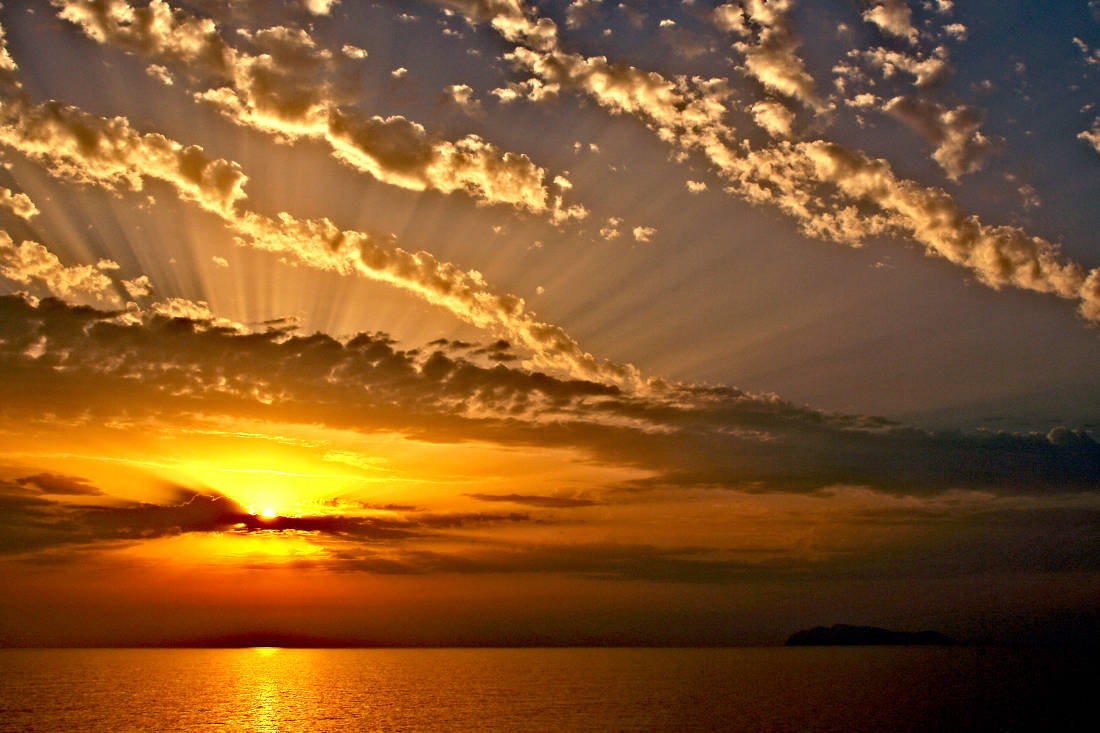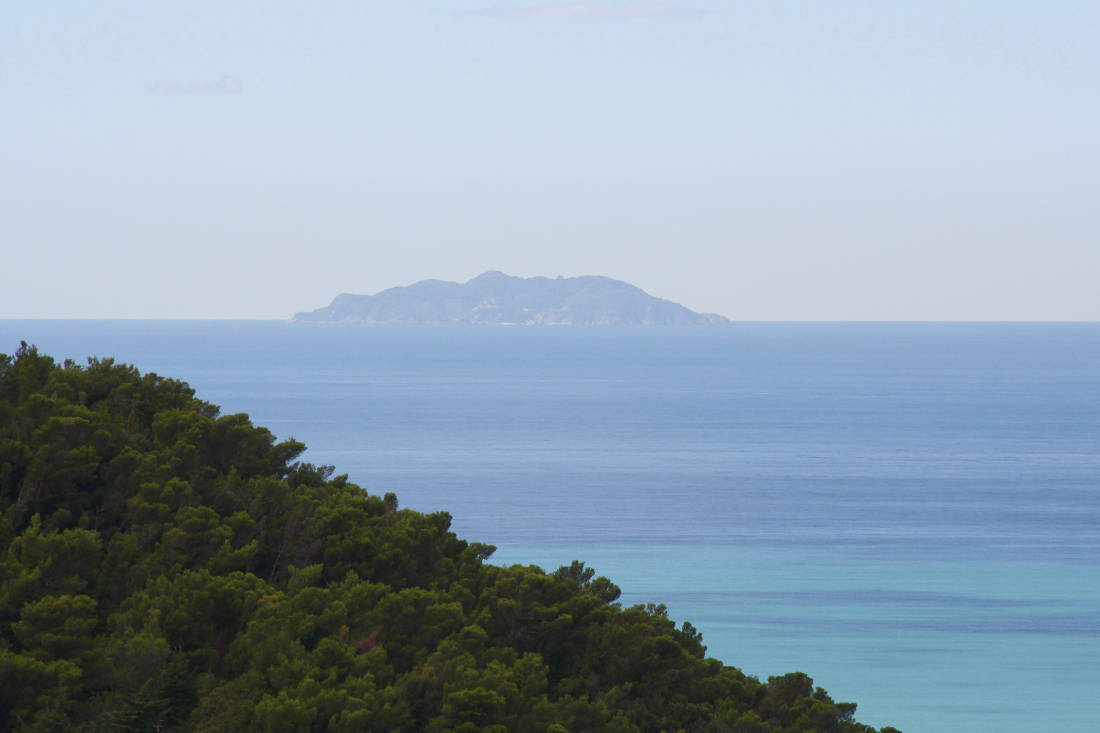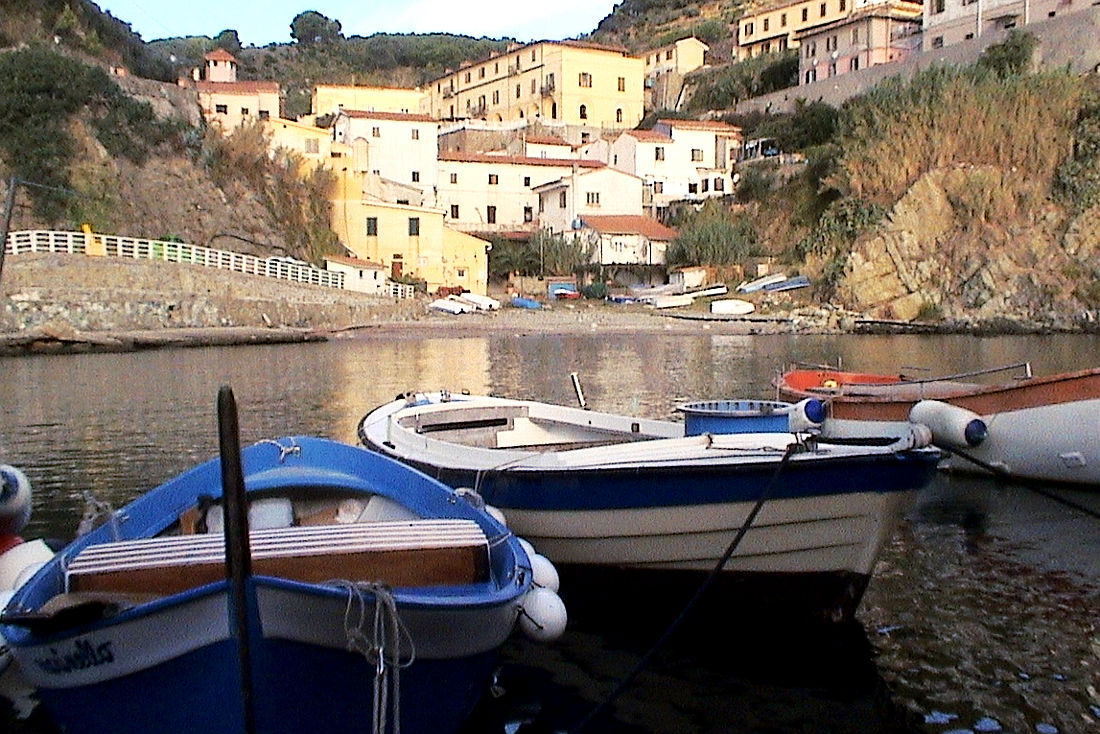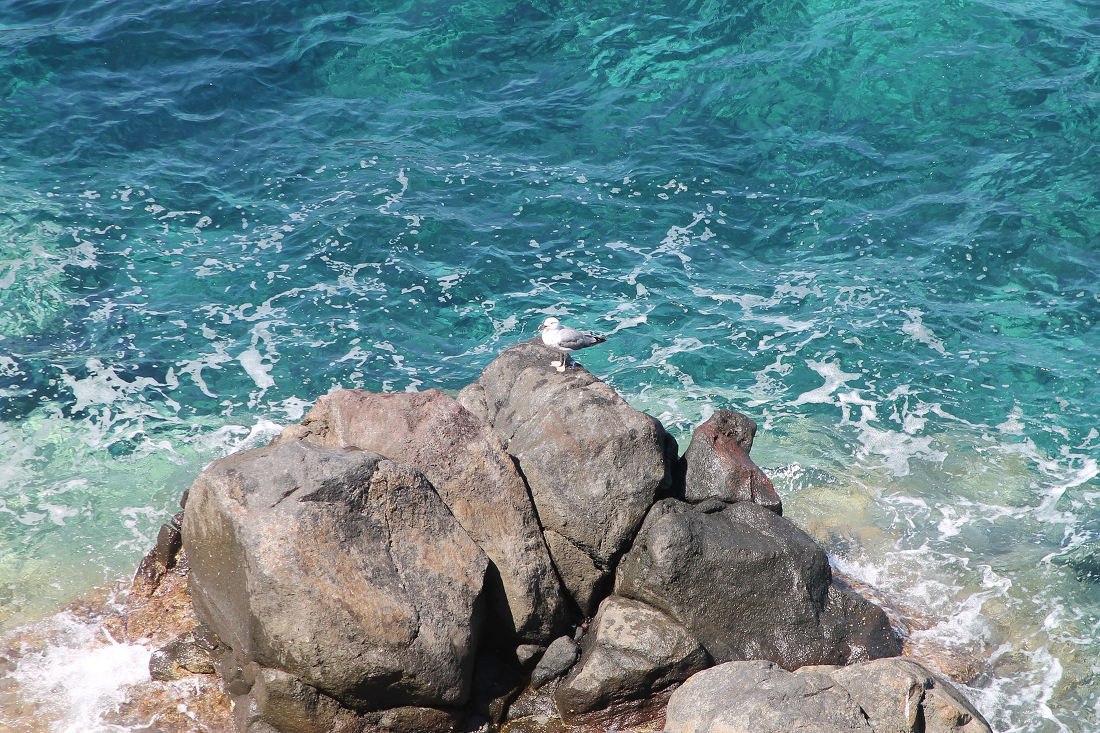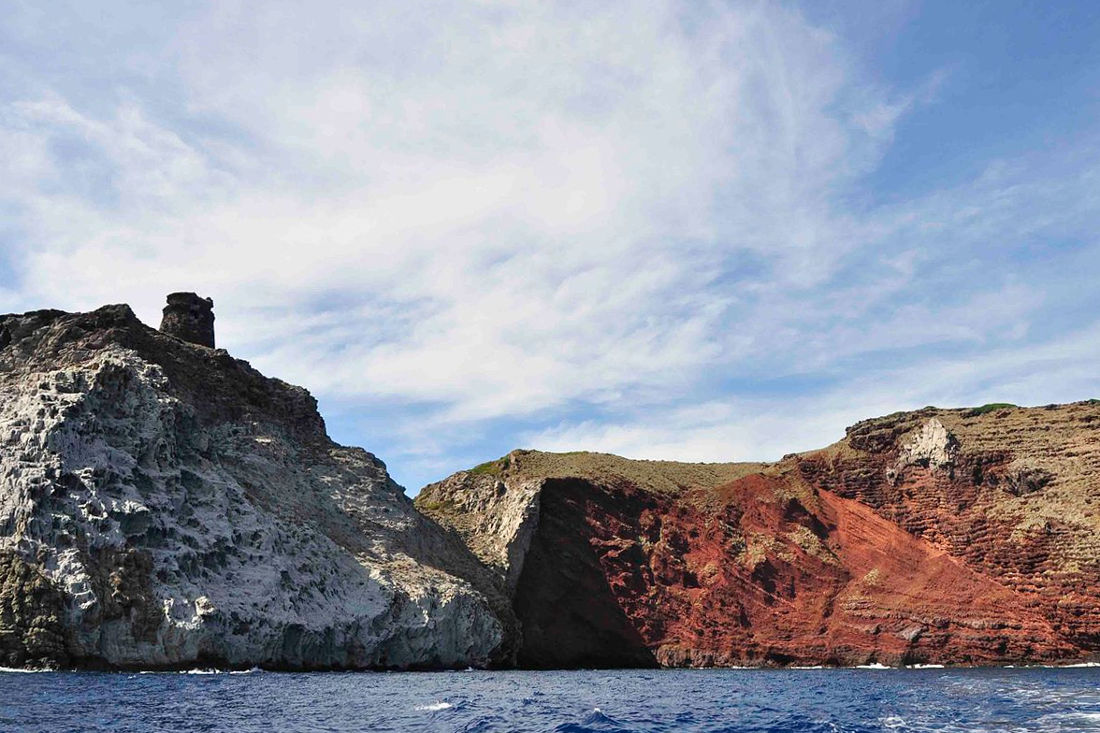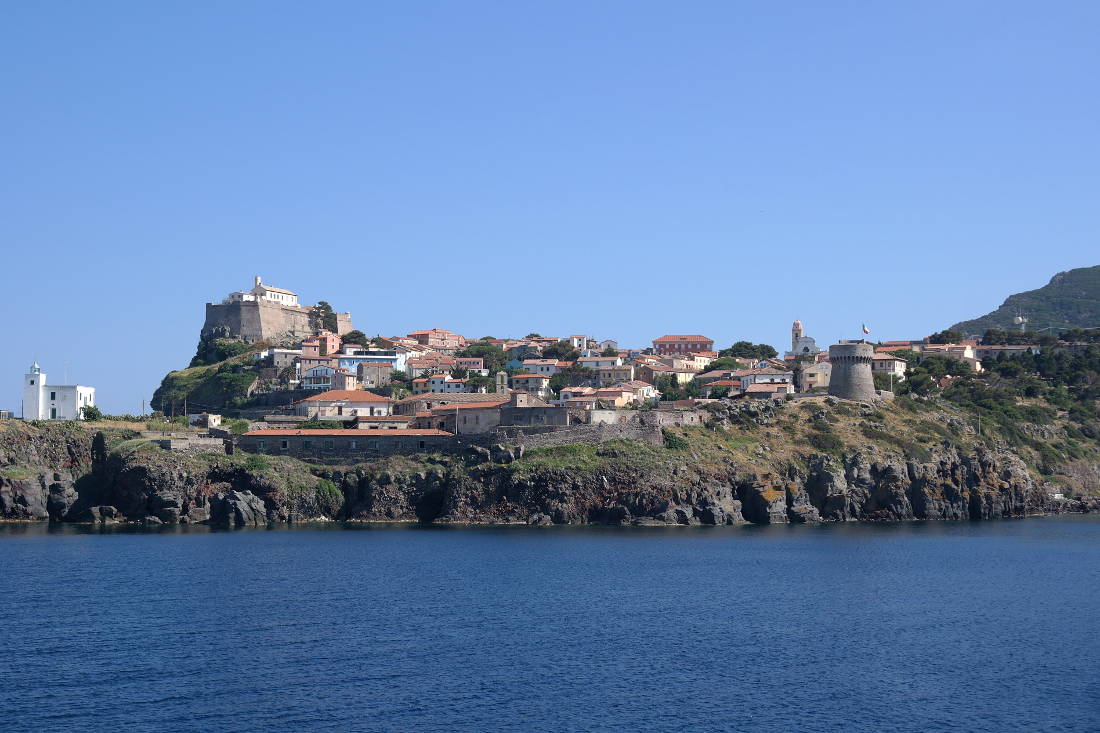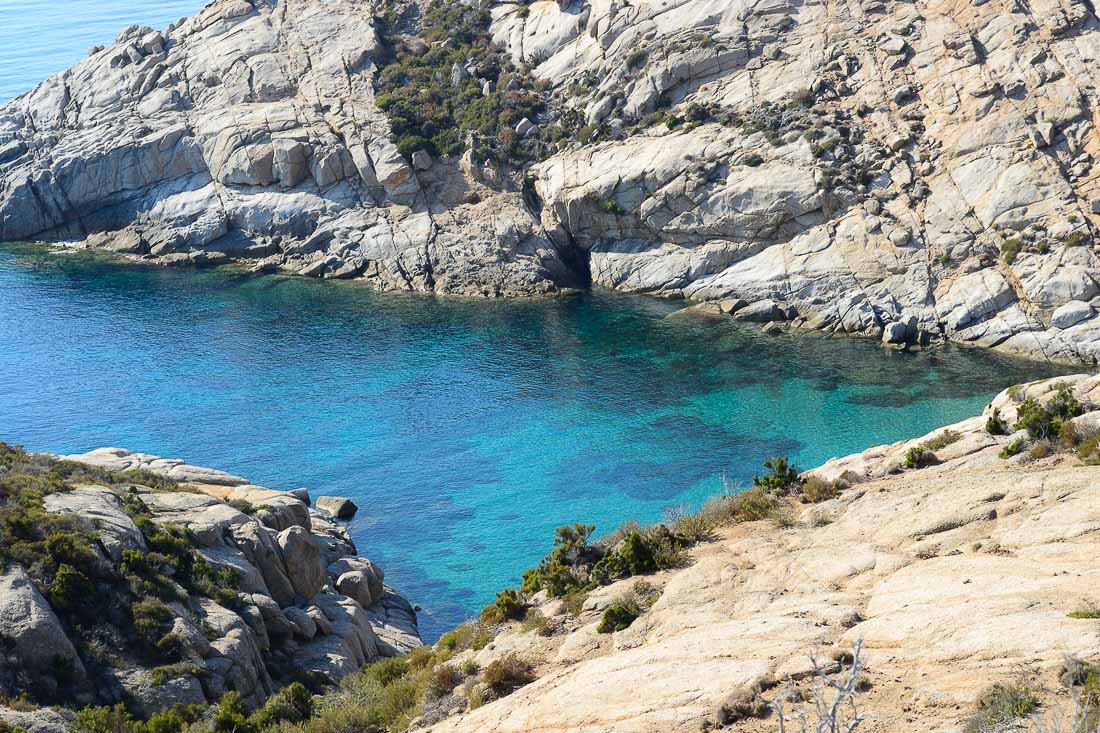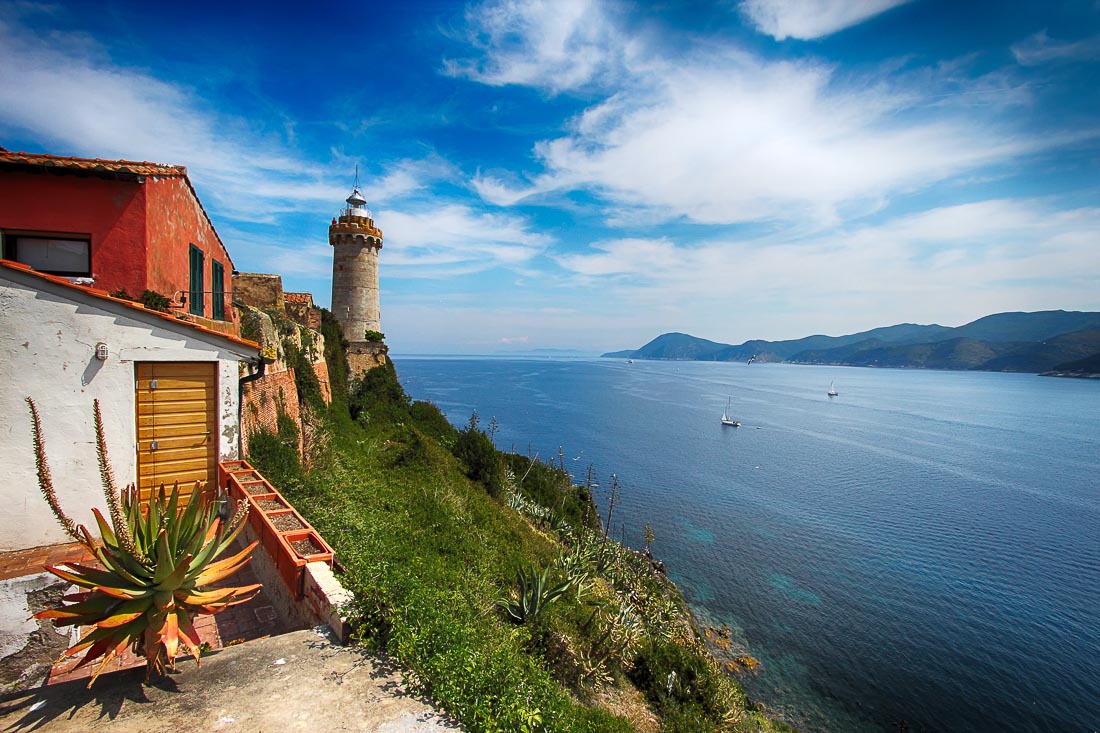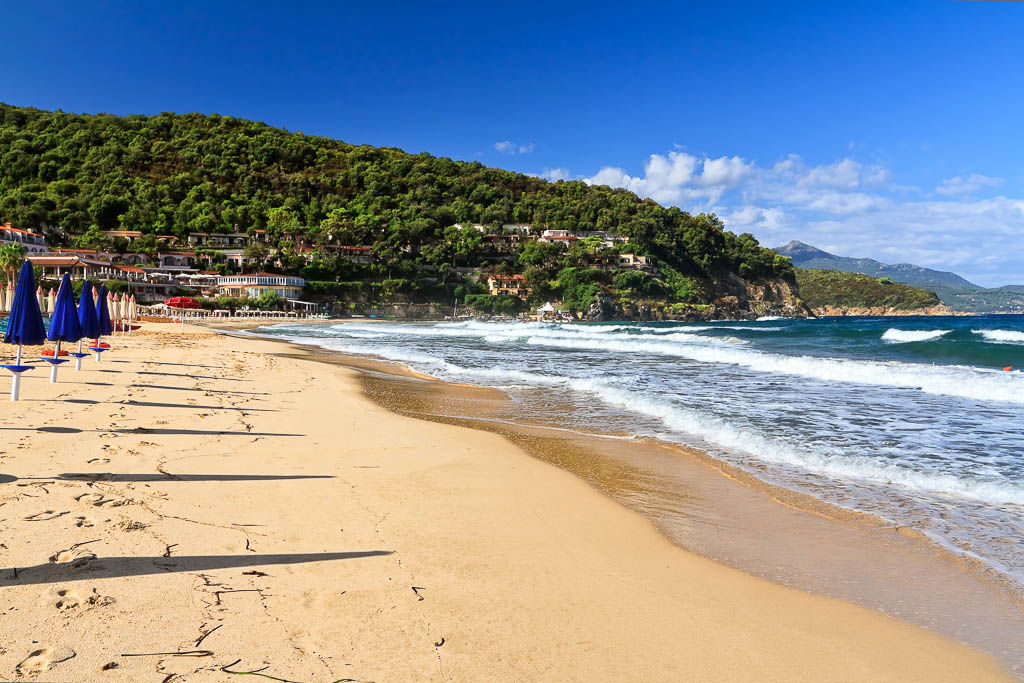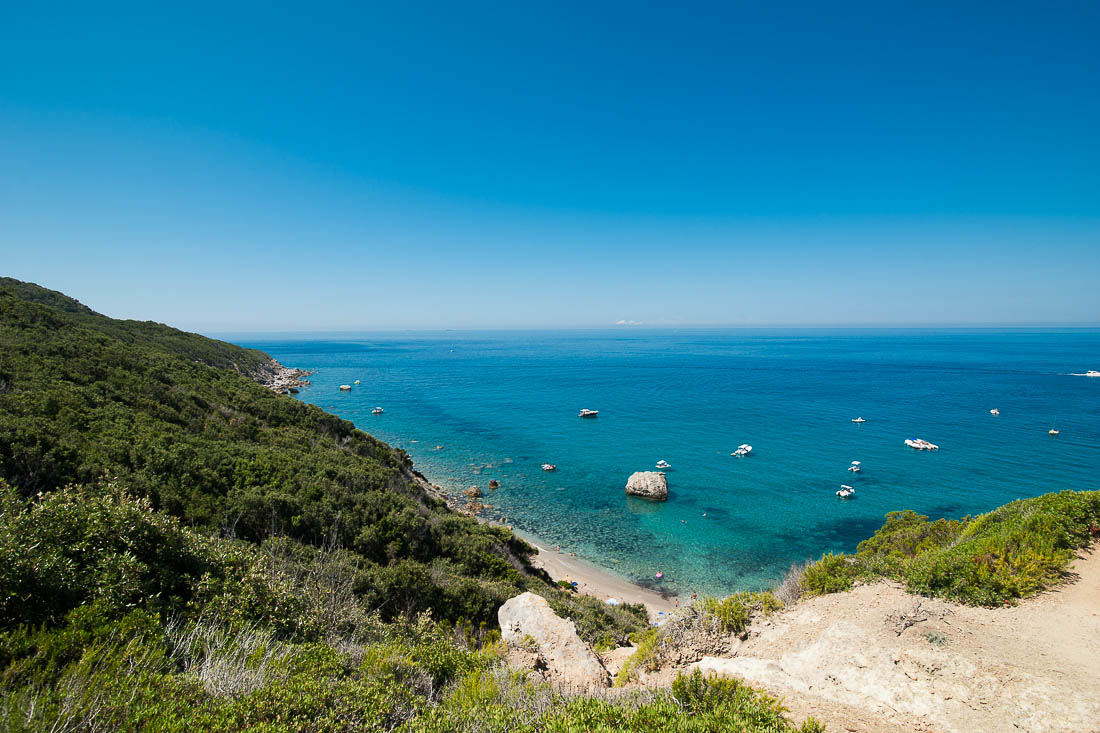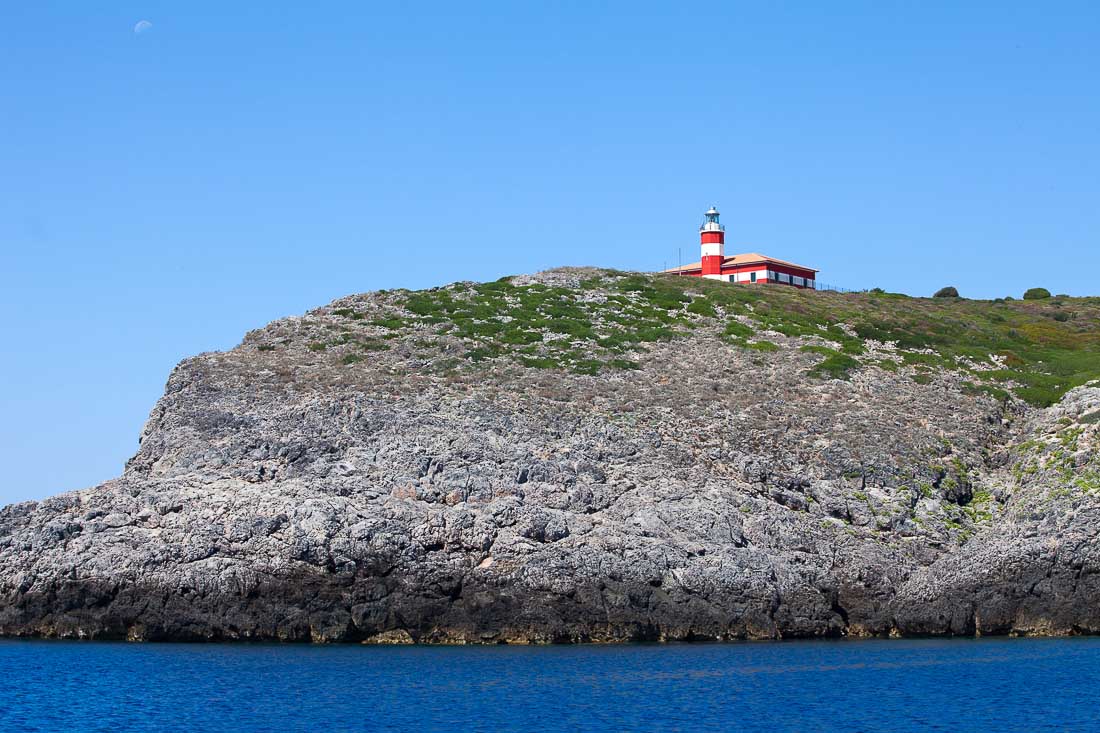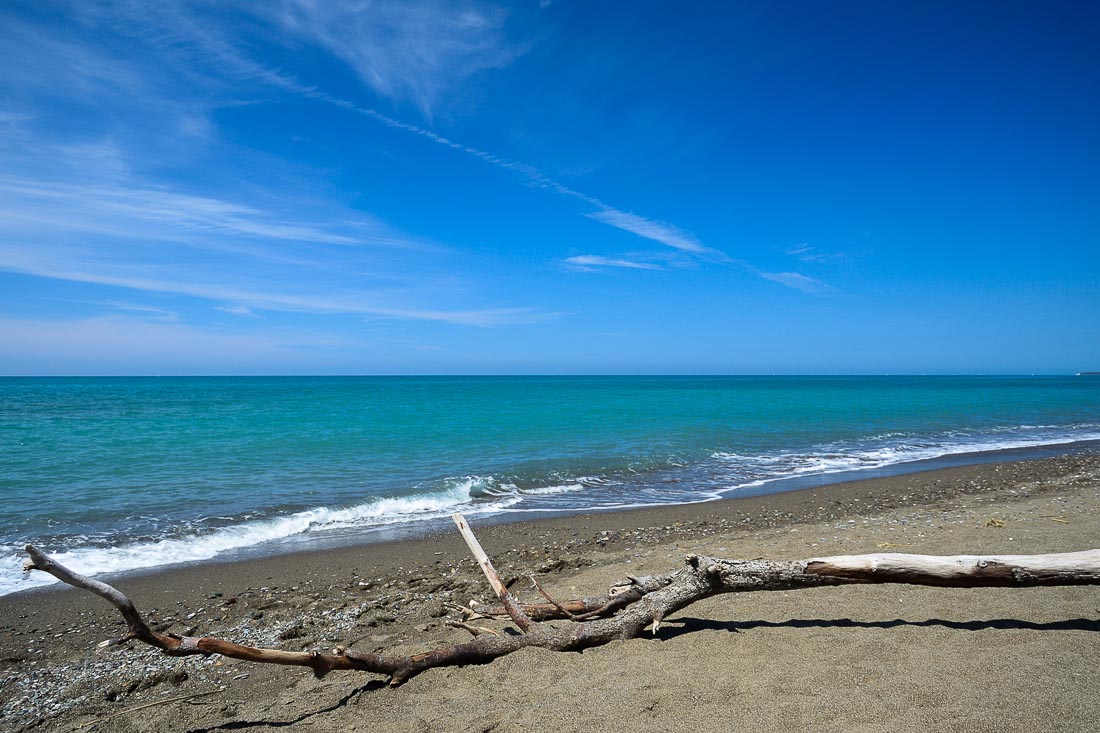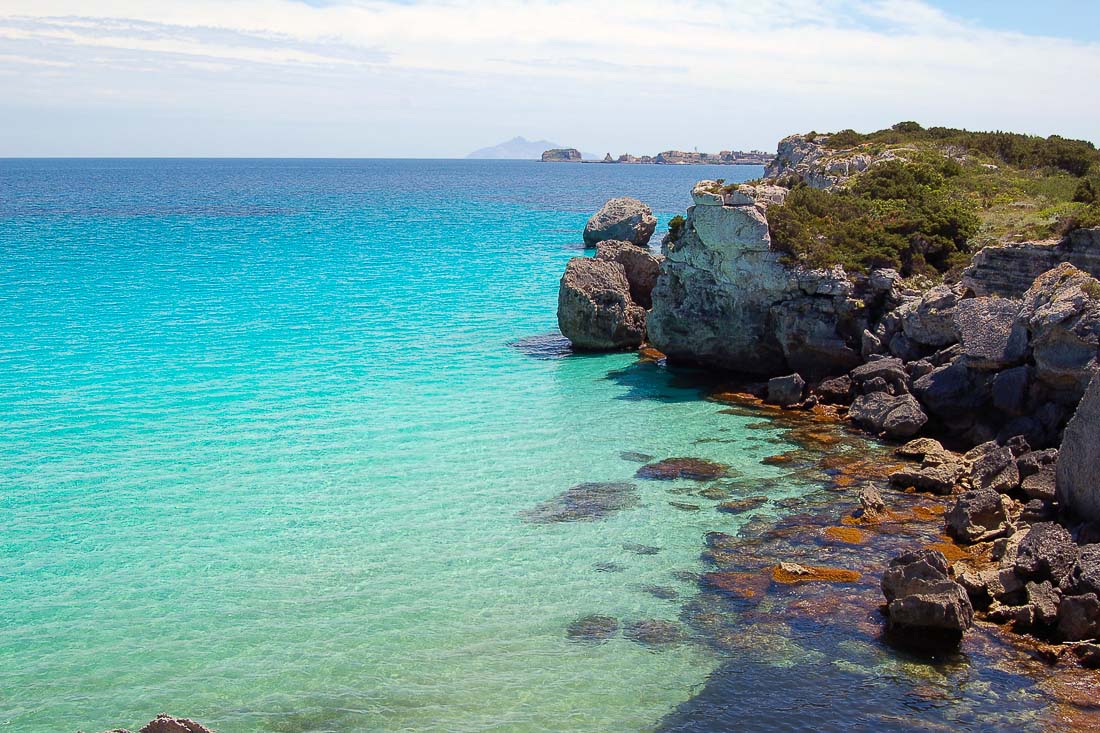Gorgona
[gallery link="none" columns="1" size="full" ids="23792,23795,23798"] The smallest island of the Tuscan Archipelago In the sea by Livorno, at 37km from the coast lies the island of Gorgona, the smallest and southernmost island of the tuscan archipelago. A green mountain resting on the sea, with contours that remind of either a woman or enormous cetacean, approximately 220 hectares, mostly mountainous, and rich in typical mediterranean vegetation. An incontaminated nature that offers shelter to...



 BEACHES AND SEA
BEACHES AND SEA VILLAGES AND TOWNS
VILLAGES AND TOWNS PARKS AND RESERVES
PARKS AND RESERVES TUSCANY ISLANDS
TUSCANY ISLANDS MUSEUMS AND ATTRACTIONS
MUSEUMS AND ATTRACTIONS TERMS AND RELAX
TERMS AND RELAX SPORTS AND ACTIVITIES
SPORTS AND ACTIVITIES WINE TESTING
WINE TESTING


